Table of Contents
NEW AMERICAN LIBRARY
Published by New American Library, a division of
Penguin Group (USA) Inc., 375 Hudson Street,
New York, NewYork 10014, USA
Penguin Group (Canada), 90 Eglinton Avenue East, Suite 700, Toronto,
Ontario M4P 2Y3, Canada (a division of Pearson Penguin Canada Inc.)
Penguin Books Ltd., 80 Strand, London WC2R ORL, England
Penguin Ireland, 25 St. Stephens Green, Dublin 2,
Ireland (a division of Penguin Books Ltd.)
Penguin Group (Australia), 250 Camberwell Road, Camberwell, Victoria 3124,
Australia (a division of Pearson Australia Group Pty. Ltd.)
Penguin Books India Pvt. Ltd., 11 Community Centre, Panchsheel Park,
New Delhi - 110 017, India
Penguin Group (NZ), 67 Apollo Drive, Rosedale, North Shore 0632,
New Zealand (a division of Pearson New Zealand Ltd.)
Penguin Books (South Africa) (Pty.) Ltd., 24 Sturdee Avenue,
Rosebank, Johannesburg 2196, South Africa
Penguin Books Ltd., Registered Offices:
80 Strand, London WC2R ORL, England
First published by NewAmerican Library,
a division of Penguin Group (USA) Inc.
First Printing, May 2010
Copyright Steve Schlossman and Adam Lazarus, 2010 All rights reserved

REGISTERED TRADEMARK-MARCA RECISTRADA
Library of Congress Cataloging-in-Publication Data:
Lazarus, Adam.
Chasing greatness. Johnny Miller, Arnold Palmer, and the miracle at Oakmont/Adam Lazarus, Steven Schlossman
p. cm.
Includes bibliographical references
eISBN : 978-1-101-18708-1
1. U.S. Open (Golf Tournament) (1973. Oakmont, Pa.) 2. Golf coursesPennsylvaniaOakmont (Allegheny County)History. 3. Miller, Johnny, 1974- 4. Palmer, Arnold, 1929- 5. GolfersUnited States. I. Schlossman, Steve. II. Title.
GV970.3.U69L39 2010
796.35266dc22 2009052780
Without limiting the rights under copyright reserved above, no part of this publication may be reproduced, stored in or introduced into a retrieval system, or transmitted, in any form, or by any means (electronic, mechanical, photocopying, recording, or otherwise), without the prior written permission of both the copyright owner and the above publisher of this book.
PUBLISHERS NOTE
While the authors have made every effort to provide accurate telephone numbers and Internet addresses at the time of publication, neither the publisher nor the authors assume any responsibility for errors, or for changes that occur after publication. Further, publisher does not have any control over and does not assume any responsibility for author or third-party Web sites or their content.
The scanning, uploading, and distribution of this book via the Internet or via any other means without the permission of the publisher is illegal and punishable by law. Please purchase only authorized electronic editions, and do not participate in or encourage electronic piracy of copyrighted materials. Your support of the authors rights is appreciated.
http://us.penguingroup.com
For Mom and Dad, who helped me to chase greatness.
-AGL
To Stephaniestill my sunshine.
SS
PROLOGUE
Talkin Oakmont
S ince my arrival in this country ... all the boys in New York are talking Oakmont and what is liable to happen there in the Open, said Sid Brews, South Africas top golfer, as he debarked in America to compete in the 1935 U.S. Open. From coast to coastindeed, around the golfing worldeveryone was talking Oakmont.
In 1935, the U.S. Open came to the Oakmont Country Club: a field of night-mares planted three decades earlier by iron baron Henry C. Fownes on rolling farmland northeast of Pittsburgh, flanking the Allegheny River. No one expected this contest to be easy: The 1927 U.S. Open, which saw Tommy Armour defeat Harry Cooper in a play-off, was the most exacting test in the history of amateur or professional golf. That week, putting on Oakmonts greens, according to the sportswriter Grantland Rice, was like a marble skidding across ice.
Armour, the intrepid, shrapnel-filled war hero, admitted that the strain of playing Oakmont in 1927 and 1935 emotionally scarred him. Cooperwhose twenty-foot putt on the fifth green ran into the sand sixty feet beyond the flagstickinsisted that while Oakmont was superbly designed, the slippery greens and uniquely furrowed bunkers were simply unfair. Walter Hagen stated his viewpoint concisely: Oakmont is a duffers course. It makes duffers out of all of us. And Scotsman MacDonald Smith, briefly Oakmonts head professional before World War I, held his tongue, but spoke clearly enough for his colleagues in 1935: We canna say anything, ye ken, but we can think our thoughts.
Not every notable judged Oakmont so harshly in the weeks leading up to the championship. All agreed the course was the toughest in the United States and perhaps the severest test of golf in the worlda real Frankensteinbut several praised it as rigorously fair and scientific. Even Bobby Jones, who after winning the 1925 National Amateur at Oakmont criticized the furrowed bunkers as unjust to better players, was on board: I always regard Oakmont as the finishing school of golf.... If you have a weakness, it will be brought to light playing there. It is not tough because it is freakish. The holes are all fair. They are fundamental from an architectural and scientific point of view.
Oakmonts most vocal advocate among the eras great golfers was Gene Sarazen. In 1922, as a twenty-year-old, Sarazen won the PGA at Oakmont; in April 1935, just two months before the U.S. Open, he electrified the golfing world by scoring his famous double eagle at Augusta National to win the Masters. Sarazen became the bookmakers favorite (6-1 odds) to win his eighth major at Oakmont, and his views naturally received close scrutiny by the partisan Pittsburgh press.
Wherever you go they ask you about Oakmont, Sarazen told reporters upon his return from playing exhibitions in South America, the South Seas, and Australia. It is the most talked-of course in the world ... a masterpiece ... one of the few scientifically constructed layouts ... I have come to the conclusion that it is the greatest golf course in the world.
But its being the greatest course did not necessarily mean that the greatest golfers won. That was clearly the case in the 1919 National Amateur, won by Davey Herron, the son of an Oakmont member and former collegiate golfer (of no great distinction) at Princeton. Admittedly quirky, Oakmont gave locals like Herron a distinct advantagemost obviously in its lightning-quick, sharply tilted, compulsively undulating greens, and its two hundred-plus furrowed bunkers, where the ball lay partially submerged between deep, wide furrows of sand (better fit for growing potatoes, said an irate Brit). The course also stood out for its great length (nearly seven thousand yards), the long carries required off the tee, huge greens, narrow fairways, cross bunkers, thickly grassed mounds, and assorted ditches, pits, and other hazards to harshly penalize the slightest error.
And to add insult to injury in 1935, H.C.s son, William C. Fownes Jr., and his trusted greenkeeper, Emil Loeffler, had recently stiffened the difficulty of the course. Following a record-setting score of 294 (six over par) by Willie Macfarlane in the Pennsylvania State Open, they added numerous bunkers, expanded existing bunkers, and shifted tees laterally to lengthen holes and prevent shortcuts. Yes, you bet this course is tougher than it was in 1927, Armour told reporters. I would say that it is easily two shots tougher.... Those traps and greens are going to make a lot of trouble.

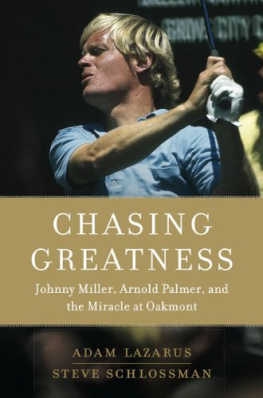

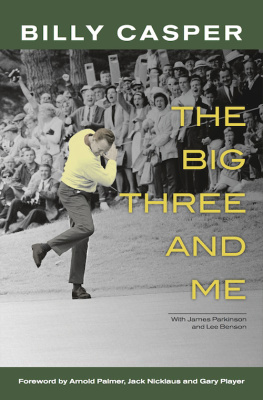

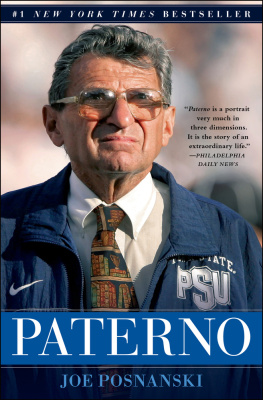
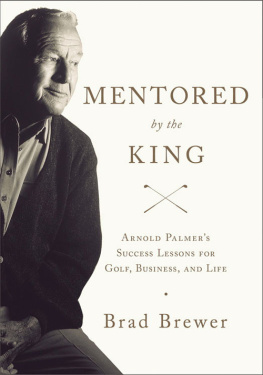

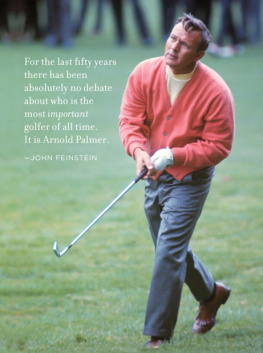
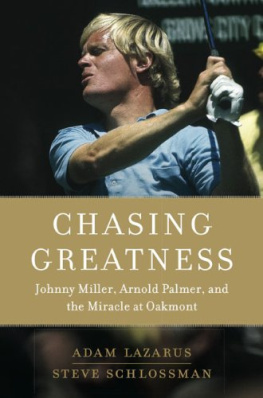


 REGISTERED TRADEMARK-MARCA RECISTRADA
REGISTERED TRADEMARK-MARCA RECISTRADA